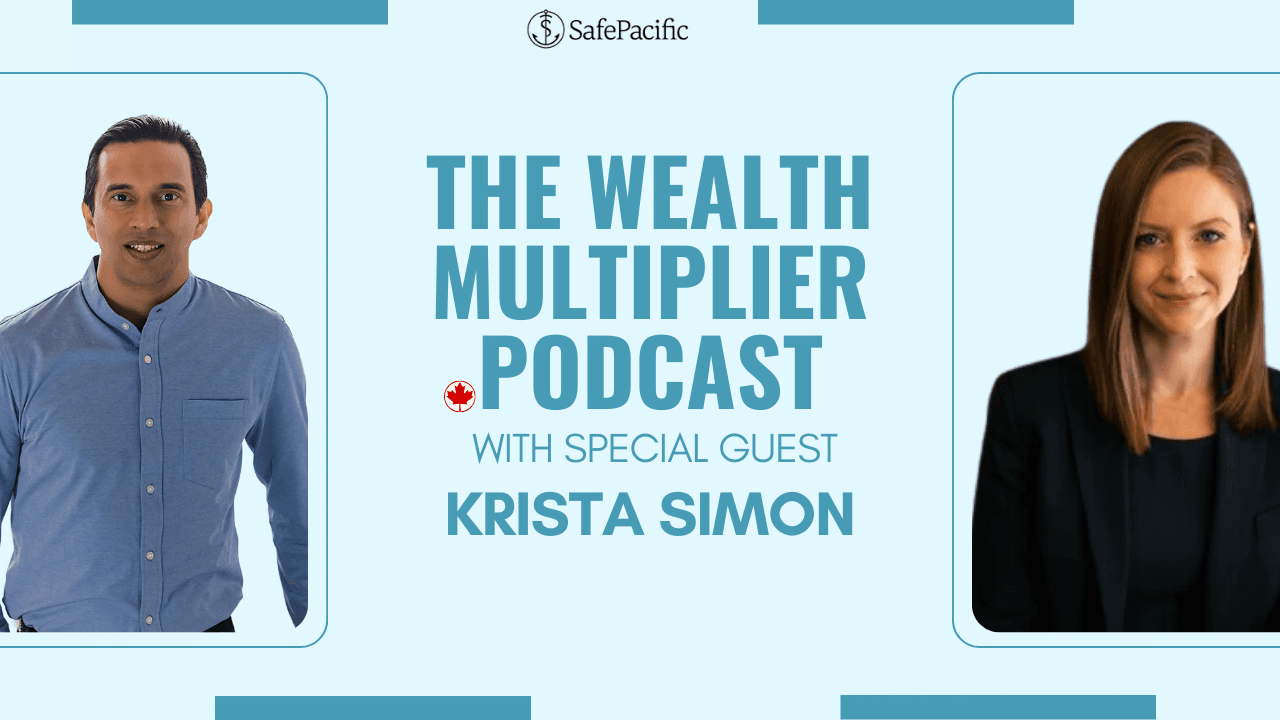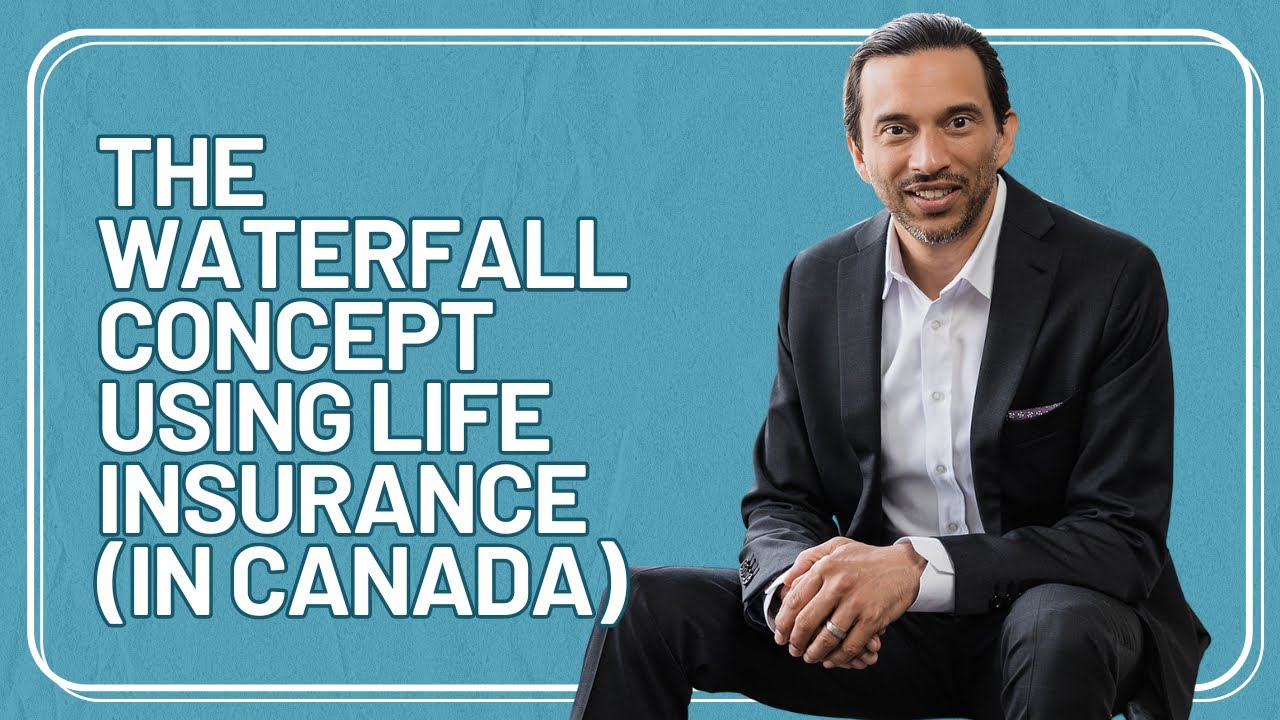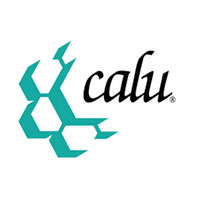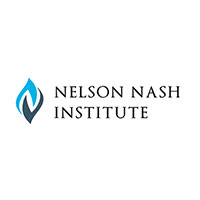Should you invest using DCA or a lump sum?
Curious about which investment strategy could maximize your earnings the most: dollar cost-averaging or a lump sum investment? Let's explore the numbers to uncover the pathway to greater financial growth.

Subscribe to Our Podcast on the Platforms Below
Episode Details

So, what investment strategy is going to you the most money, dollar cost-averaging or a lump sum investment? I can’t see the future but based on data provided by the Royal Bank of Canada, we can look at the past 30 years and see what has the better track record.
Before we get into which is better, let’s define them.
What is Dollar-Cost Averaging?
Put simply, dollar-cost averaging, or DCA, is re-entering the market with a smaller sum regularly. This could be once a twice a month, once a week, or even every day, but it essentially means you invest something like twenty, fifty, or a hundred dollars as often as you can, to get as close to the average price of your investment as you can while spending a bit less at one time.
What is a lump sum investment?
A lump sum investment is well that, one lump sum, maybe you put it on around ten grand once a year and let that sit and grow until the next year when you put in another ten grand.
What the data says
The data we have been provided with by RBC uses data going back thirty years that compares investing a lump sum against DCA strategies over periods of three months to twelve months.
The lump-sum strategy came out on top in each time-period. This is because markets generally rise over time. So, the DCA investor often bought in at higher average prices.
Things to keep in mind when looking at this, the results are based on a one-time, lump-sum investment of $10,000 made at the beginning of each time-period, and DCA installments of $10,000, spread out evenly each month over the course of each time-period.

Data is always very helpful when making investment decisions, but most of us don’t think like a computer or a calculator so our emotions also play a heavy role in our decisions, even when investing.
Imagine, the markets start to drop, how will you feel about investing a large lump-sum of cash? Will you worry that markets will plunge further – and delay investing? Worry can keep us on the sidelines – sometimes for a very long time.
Now, we have been provided with another chart, using data from the global financial crisis, which compares the experience of a DCA investor to a lump-sum investor. We look at two six-month periods: one where markets were falling and one where markets were rising.
Keep in mind for this chart, we make the following assumptions:
- Each investor has $50,000 in cash to invest
- The DCA investor deployed the cash across six equal monthly installments.
- The lump- sum investor deployed the entire sum of cash on the first day of the same six-month period.

Things to keep in mind.
During falling markets:
The dollar cost averaging (DCA) approach shielded the investor's holdings compared to the lump-sum investment. Not depicted in this chart: the DCA investor reached breakeven just three months after the market's low in June 2009. In contrast, the lump-sum investor did not surpass the initial portfolio value until December 2010.
During rising markets:
The lump-sum investor showed superior performance in the six months following the market low. Nevertheless, committing to a lump-sum investment during this period would have been highly unsettling, especially given the economic conditions at that time. Despite trailing the lump-sum strategy in terms of immediate results, the dollar cost averaging (DCA) investor still achieved commendable returns through a more cautious and gradual app
Final Notes
As we have discussed, the data demonstrates that lump-sum investing typically benefits investors. However, if re-entering or entering the market for the first time feels challenging, a dollar cost averaging (DCA) strategy can assist in taking that crucial initial step. Additionally, it offers a more consistent investment journey, which are essential factors in adhering to your long-term financial strategy.

















